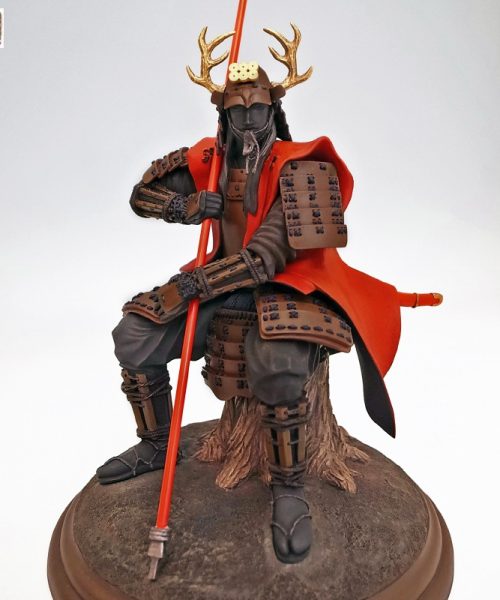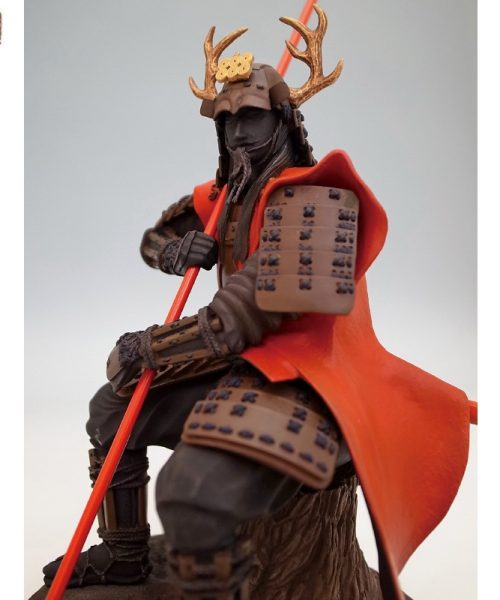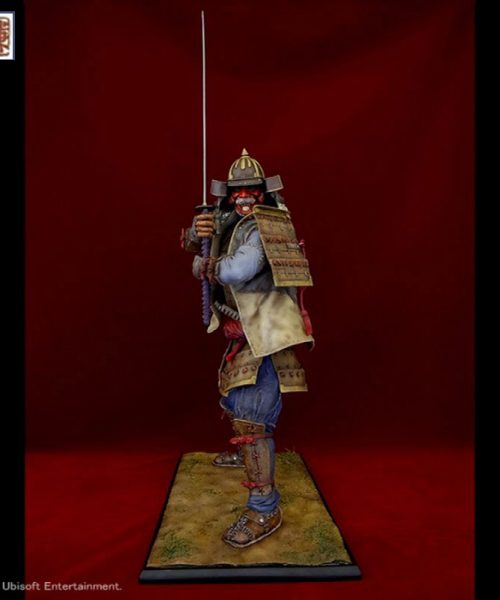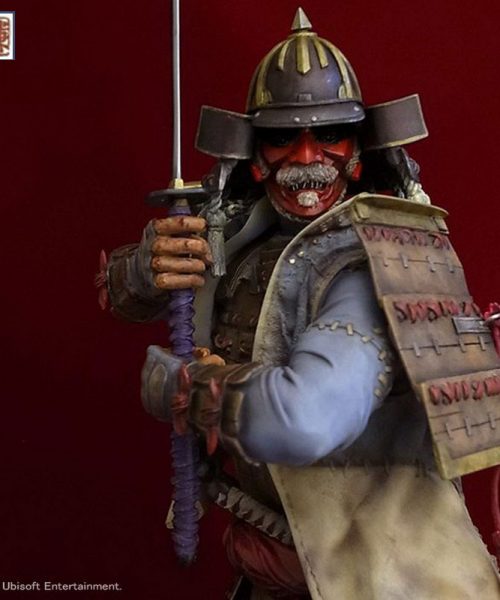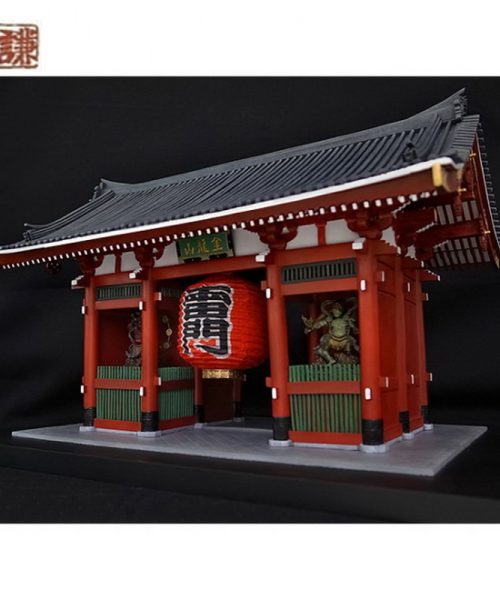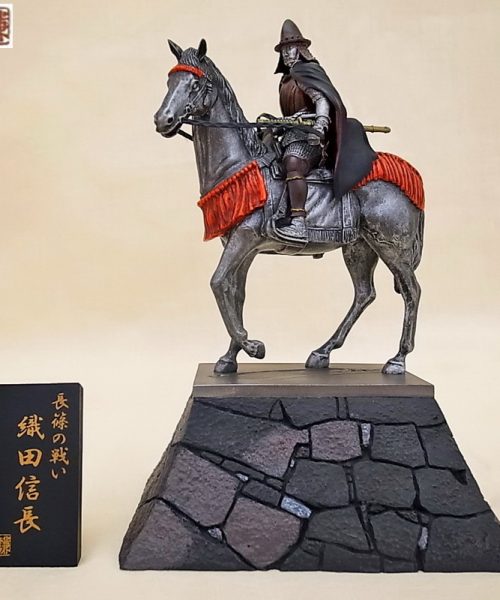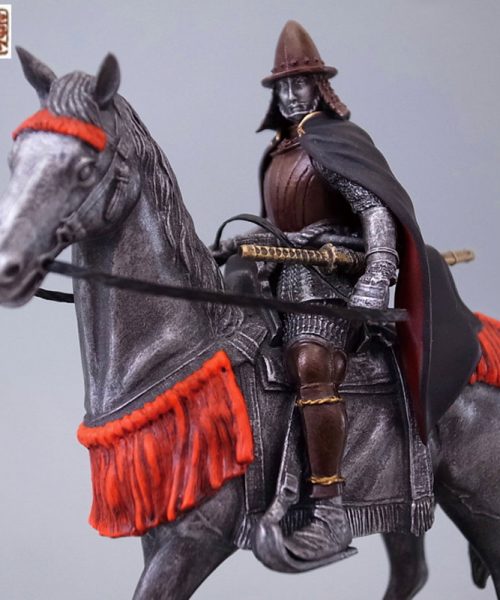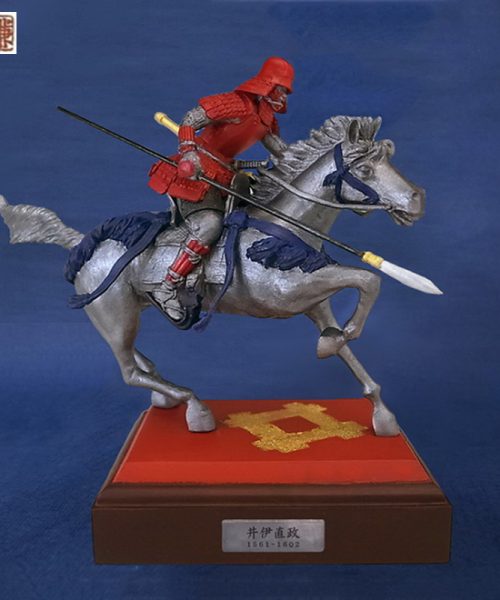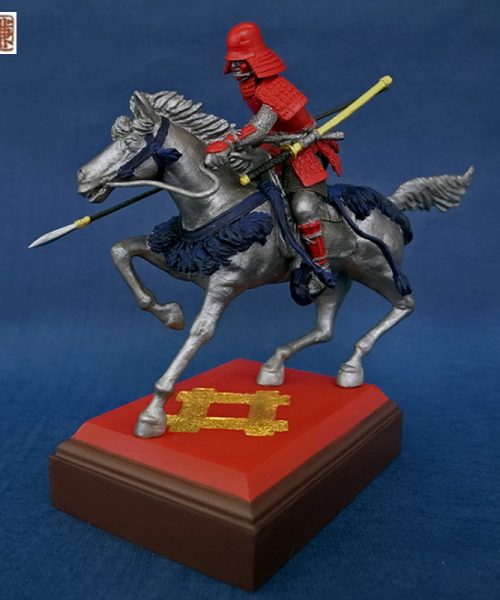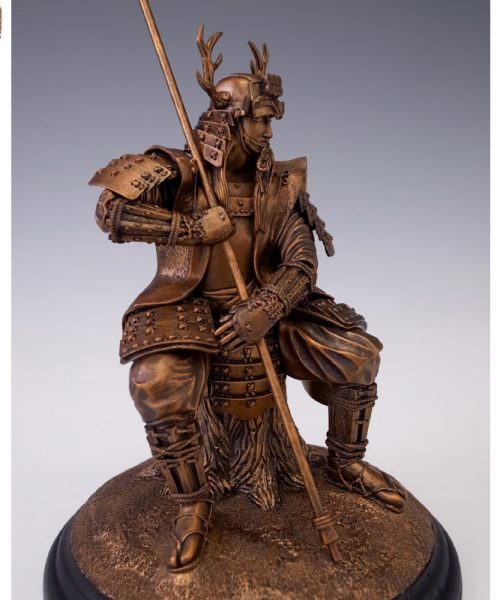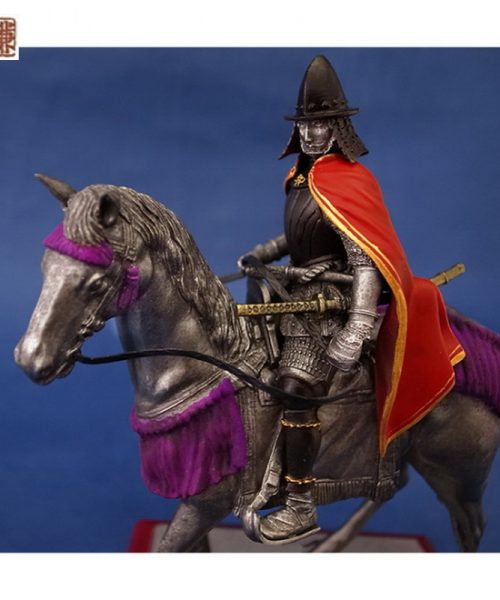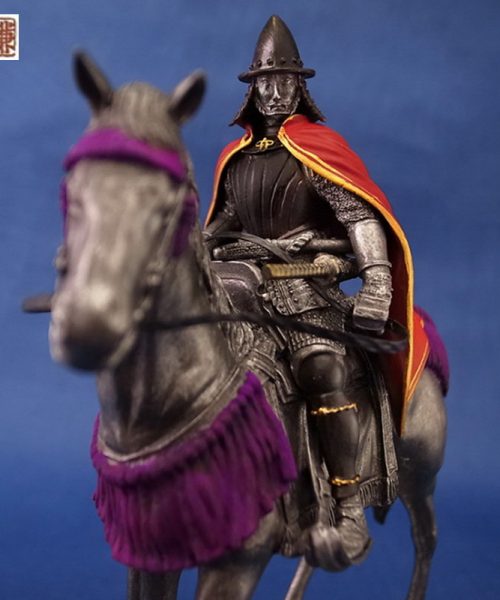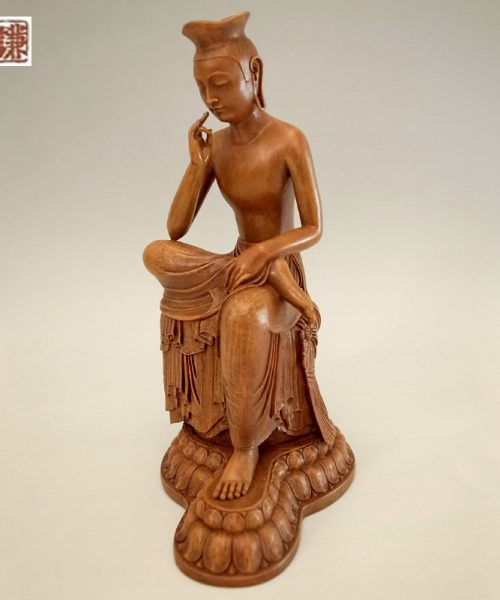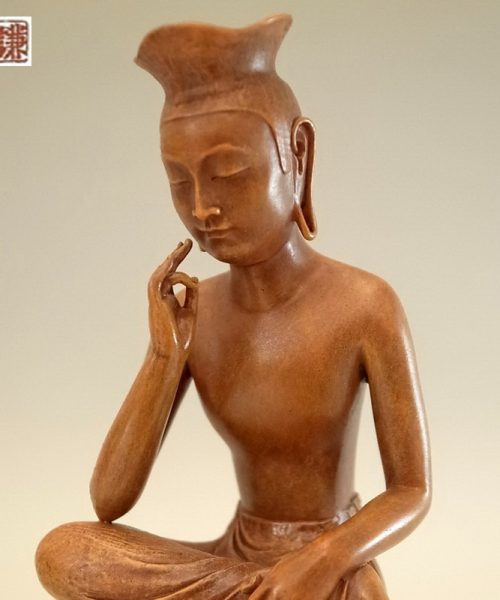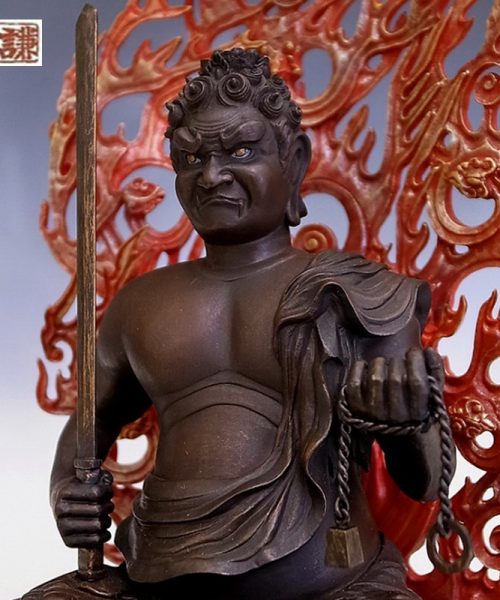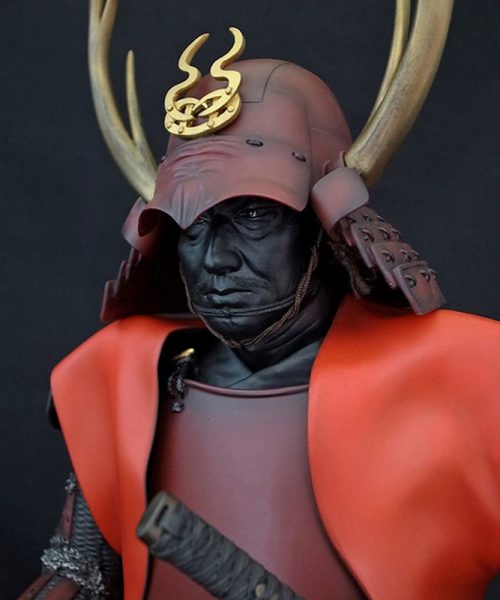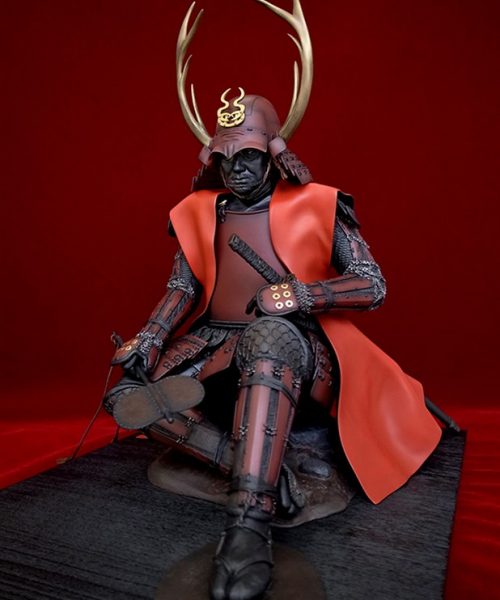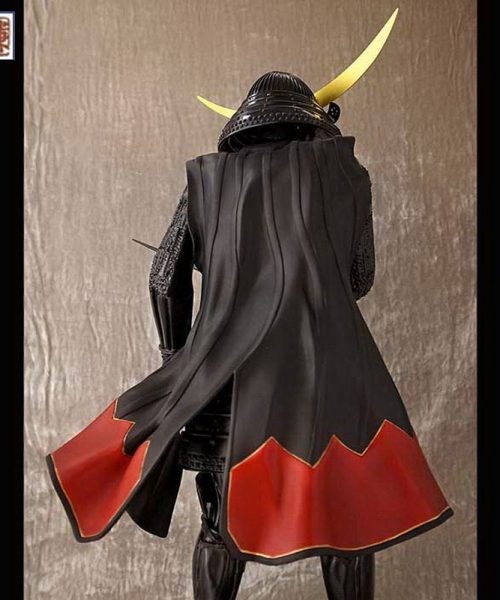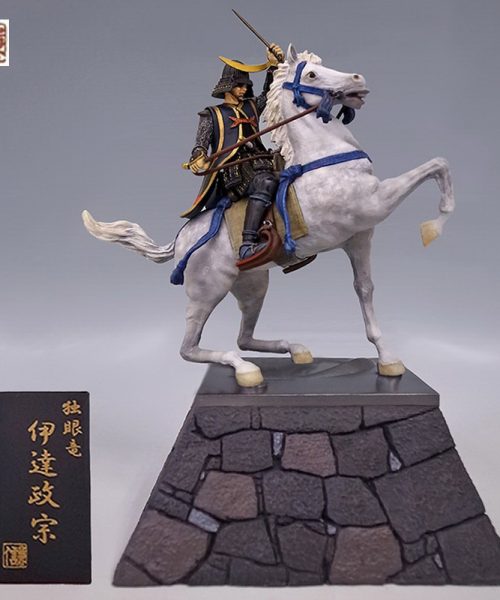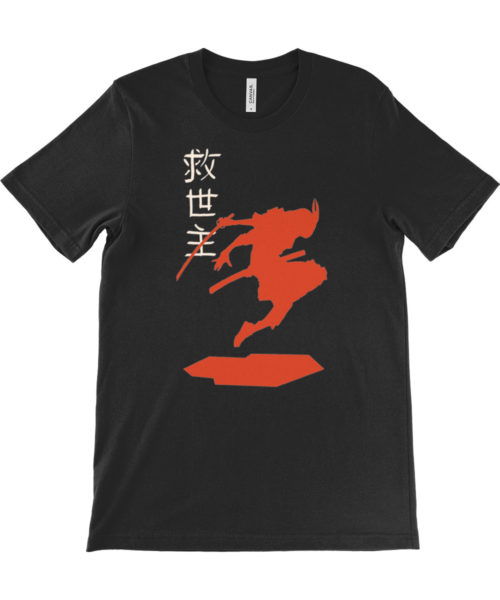No products in the cart.
Japan History
Sanada Yukimura, the General who Challenged Tokugawa Ieyasu
Sanada Yukimura
Have you heard about Sanada Yukimura? Whether it’s a yes or a no, this article has some interesting twists about Japan history. Was Tokugawa Ieyasu the great Shogun you know?
After reading a lot of Japan’s history, one will be familiar with the great Shogun Tokugawa Ieyasu. But let’s skip Samurai and Katana sword stories for now. Let’s talk about the people who made the stories.
The War Story Before The Siege
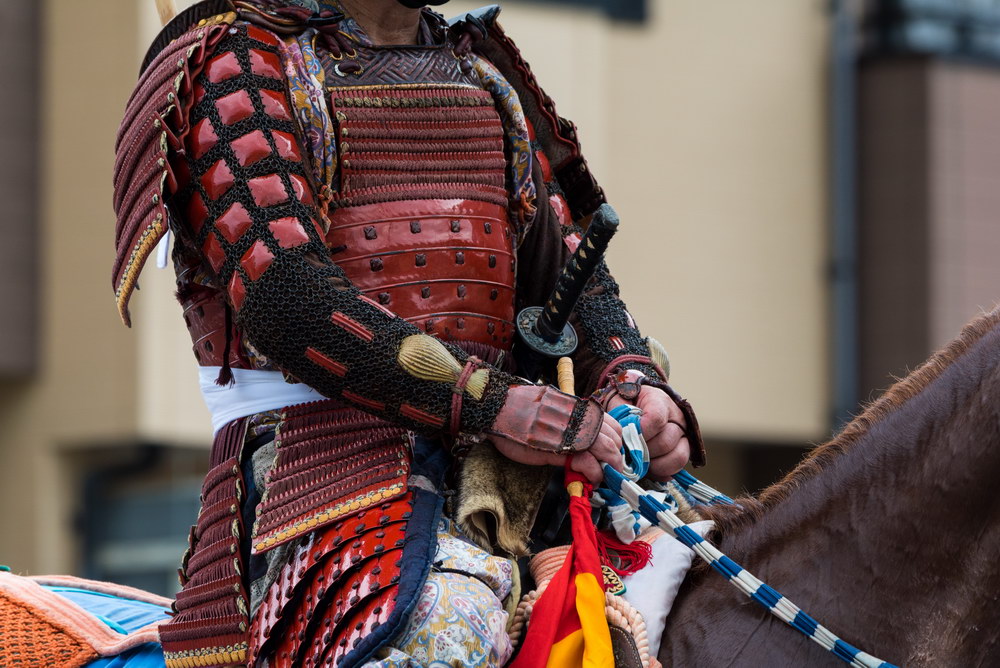
So before we get to know Sanada Yukimura, let’s know the story. Before Tokugawa Ieyasu became the Shogun, there was Toyotomi Hideyoshi. Hideyoshi is the second great unifier of Japan. He followed after Oda Nobunaga, the first unifier. Nobunaga and Hideyoshi attempted to unify Japan during the Sengoku period.
When Hideyoshi died, the Council of Elders governed Japan. One of them was Tokugawa Ieyasu. In fact, he had the most authority of all.
Many believed he was to succeed just like Hideyoshi to Nobunaga. Among them though was a contender, Ishida Mitsunari. At a certain point, conspiracy stories arise. Hence, Ieyasu made many of the military and political leaders submit to him.
But, one of them, Uesugi Kagekatsu, defied him. He built his own army. Questioned and summoned to Kyoto to explain himself, he refused. His advisor responded with a counter-condemnation instead. This made Ieyasu angrier.
This led Ieyasu to gather forces to attack the Uesugi clan. On the other side, Ishida Mitsunari grabs the opportunity. He created an alliance of those who were against Ieyasu. Soon, this ended with the Battle of Sekigahara where Ieyasu defeated Mitsunari.
This battle causes Ieyasu to seize control of Japan for himself. He then abolished the Council of Elders. Finally, the Tokugawa Shogunate got established in 1603 with its capital at Edo, now Tokyo.
How the Real War Begun
Now when Toyotomi Hideyoshi died, he left his son Hideyori to take his place. He was guided by his mother Yodo-dono because he was very young then.
The Council leads while waiting for him to mature. But as the story goes, Ieyasu took the opportunity for himself. After the Battle in Sekigahara, Hideyori and his mother stayed at the Osaka Castle.
The Osaka Castle is known to be a great fortress that served as the house of the great Hideyoshi. Now, the Toyotomi clan was an obstacle in Ieyasu’s plan.
In 1614, the Toyotomi had the Osaka Castle rebuilt. Together was the rebuilding of a temple in Kyoto. The renovation included the installation of a bronze bell with encryption. And it says “May the state be peaceful and prosperous”.
The Nine Famous Samurai Clans in Feudal Japan
Top 4 Ways on How to Live Like a Modern Samurai
Unfortunately, the Japanese characters may also be interpreted as “Toyotomi’s force will rise again”. Ieyasu now had a reason to begin a war. He interpreted this as an insult to the Shogunate, which was now led by his son. But despite it, Ieyasu was still in authority. So the conflict between the two clans has begun.
Soon the young Hideyori started gathering groups of Ronin and enemies of the Shogunate. It became worst when rumors that large numbers of Ronin were in Osaka.
Katagiri Katsumoto, Hideyori’s advisor and guardian attempted to mediate. He suggested that Yodo-dono be sent to Edo as a hostage. That is, to avoid any further grudge from the Shogunate. But Yodo-dono refused.
She suspected that Katsumoto was betraying the clan and exiled him. She sent him together with other servants. This was the beginning of the siege.
How did Sanada Yukimura Come to be the Challenger?
Sanada Nobushige was Yukimura’s actual name. He was the second son of Sanada Masayuki. He was a known lord and Daimyo during the Sengoku period. Masayuki was the head of the Sanada Clan in the Shinano Province. The province later came under the great Takeda clan.
When Nobunaga took over the majority of Japan, the Sanada surrendered to him. But when Nobunaga was betrayed by his general, the Sanada became independent. They joined whoever they deemed to be stronger. Soon, they came under the Toyotomi clan.
In the Battle of Sekigahara, Sanada Yukimura took the side of Ishida Mitsunari. Even though they initially sided Ieyasu at first. The Sanada family divided themselves into both sides. Some joined the Western Army by Mitsunari and others joined the Eastern Army by Ieyasu.
Many stories say that they planned this to preserve the Sanada clan’s position. Whichever side wins, one would have a Sanada in it. The conspiracy was never proven.
Sanada Yukimura at that time fortified the Ueda Castle. Tokugawa Hidetada was the commander leading an army against it. The Sanada resisted and fought against Hidetada’s men despite having a smaller number of troops.
The Battle of Sekigahara was over before any of them could join in. Despite winning over Ueda, their side lost in the battle. The Tokugawa exiled Yukimura.
The Siege of Osaka
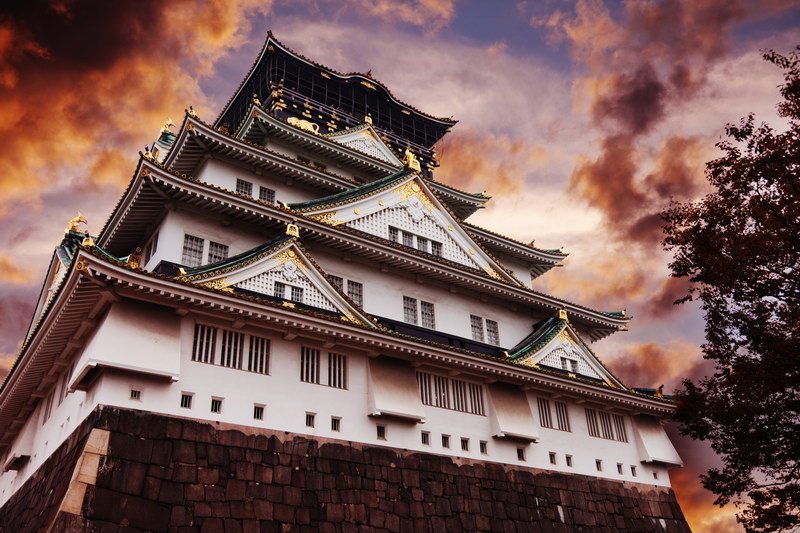
This siege holds several battles over a period of one year. It started in 1614 and ended in 1615. It was the defining battle before a peaceful Japan.
Tokugawa Ieyasu didn’t wait long. When he felt he was ready with 164,000 men, he began his attack on November 19, 1614. He started with a fort, then a village and a few more. Soon the siege of the Osaka Castle began on December 4.
At this time, Sanada Yukimura built a fortress in the southwest corner of the castle. He called it the Sanada-maru. He protected it with 7,000 men. When the siege began, stories say that about 30,000 Tokugawa forces were defeated from this side.
The Shogun’s forces were repeatedly defeated. Ieyasu then used European cannons, iron cannons, and heavy artillery to try to destroy the fortress. He even dug under it. He also used Renaissances weapons, particularly arquebus.
The Dark Side of the Bushido
The Japanese Samurai Swordsmanship Skills
But the fortress was strong and impregnable. Ieyasu suffered a great loss on this side. He gave up and offered reconciliation.
In short, the Toyotomi accepted his peace offer and guaranteed him that they would not rebel. The peace didn’t last. Each side thought that each had a plot against them.
Later, Ieyasu found a way out of the conditions of the reconciliation and destroyed the fortress. He put the blame on the workers and never admitted it was his order.
This began the plots on each side, gathering of forces and planning attacks. The war continued. And this was before the peace treaty was finalized.
We could see here that Japanese swords weren’t only the means to win a Japanese battle. Tacticians, planning and great generals were part of it, too.
The Second Part of the Siege
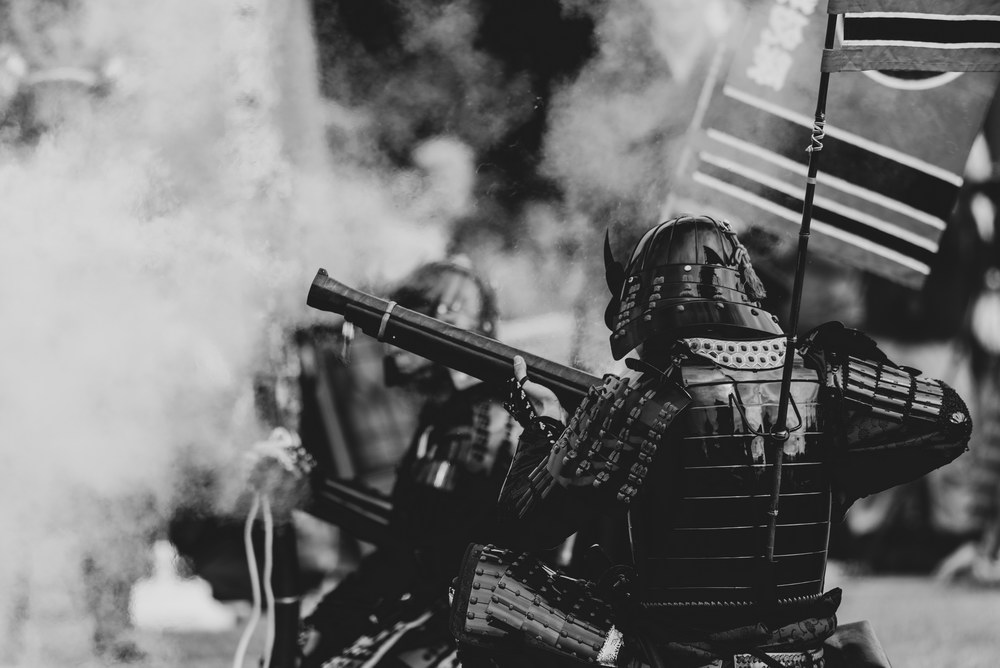
The Battle of Domyoji began on June 3, 1615. Sanada Yukimura was in command of the Osaka Army and was battling with Date Masamune and his forces.
With defeat seen at hand, he retreated towards the Osaka Castle. On his way, he saw a great Tokugawa force of about 150,000 men. They were preparing for their final attack on the castle.
He and other generals saw this. They grabbed the opportunity to attack before the enemy could take their final positions. The generals and Yukimura took his side of the battle.
Unfortunately, for the Tokugawa line, Matsudaira Tadanao’s troop started to crumble. Ieyasu saw this and march his personal troops against them. Yukimura saw this chance to battle with Ieyasu, too.
Yukimura thought that if he could keep the battle going with Ieyasu, it will give the Toyotomi clan a chance to charge on the open forces of Tokugawa. So he sent his son Sanada Daisuke to the castle to urge Hideyori to charge. Hideyori came charging, but it was too late.
Extremely exhausted from the fight, Yukimura fell on a camp stool. Nishio Nizaemon, a Tokugawa Samurai, saw him and challenged Yukimura. Having no strength left, he simply took off his helmet showing he is indeed Sanada Yukimura. The general that challenge Tokugawa Ieyasu on the battlefield. And with that, Nizaemon killed him.
The End and the Beginning
Get Your Awesome Samurai T-Shirt
Sanada Yukimura’s death caused great downfall among the troops. Soon, the Tokugawa forces gained the momentum. Towards the end of the siege, the Osaka Castle was in flames. Most people in the castle escaped. Toyotomi Hideyori and Yodo-dono sent her daughter in law pleading for their lives. But before they could get an answer, they committed Seppuku.
The Toyotomi clan’s legacy ended in the flames of the Osaka Castle. It was the last battle fought making the Shogunate last for 250 years.



